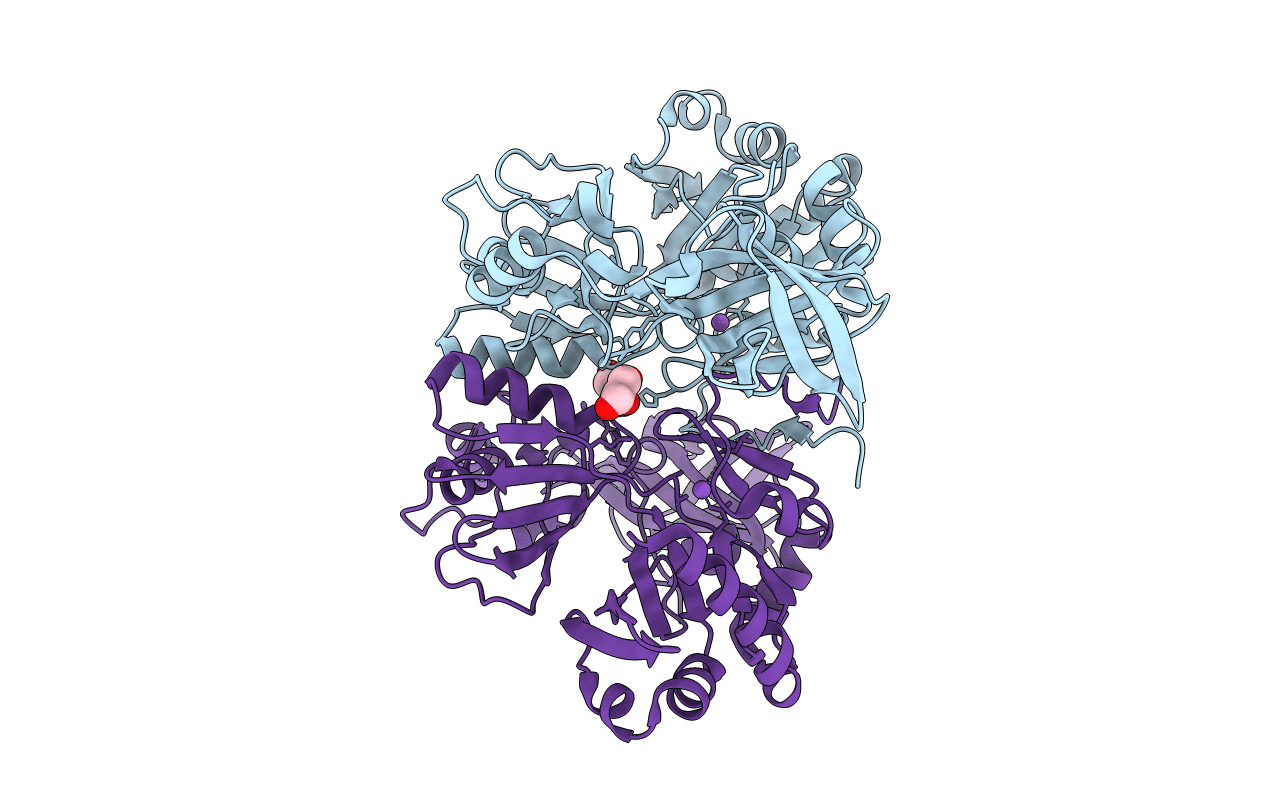
Deposition Date
2011-08-15
Release Date
2011-12-28
Last Version Date
2023-09-13
Entry Detail
Biological Source:
Source Organism:
Candidatus Pelagibacter ubique (Taxon ID: 335992)
Host Organism:
Method Details:
Experimental Method:
Resolution:
2.10 Å
R-Value Free:
0.23
R-Value Work:
0.16
R-Value Observed:
0.16
Space Group:
P 1 21 1


